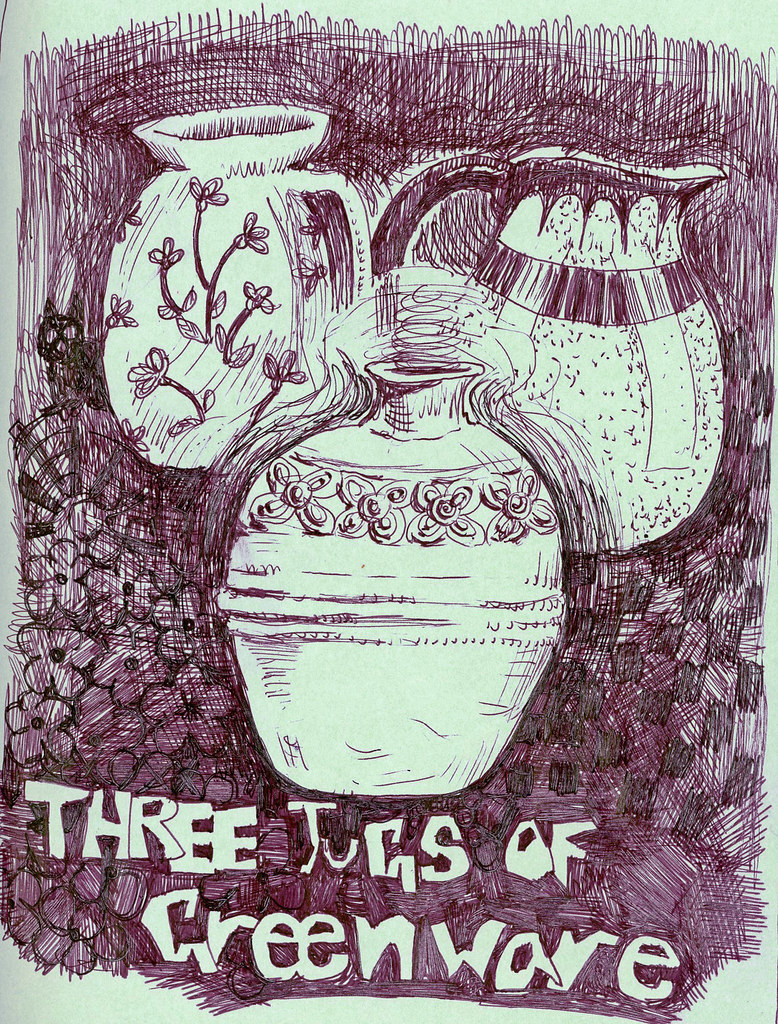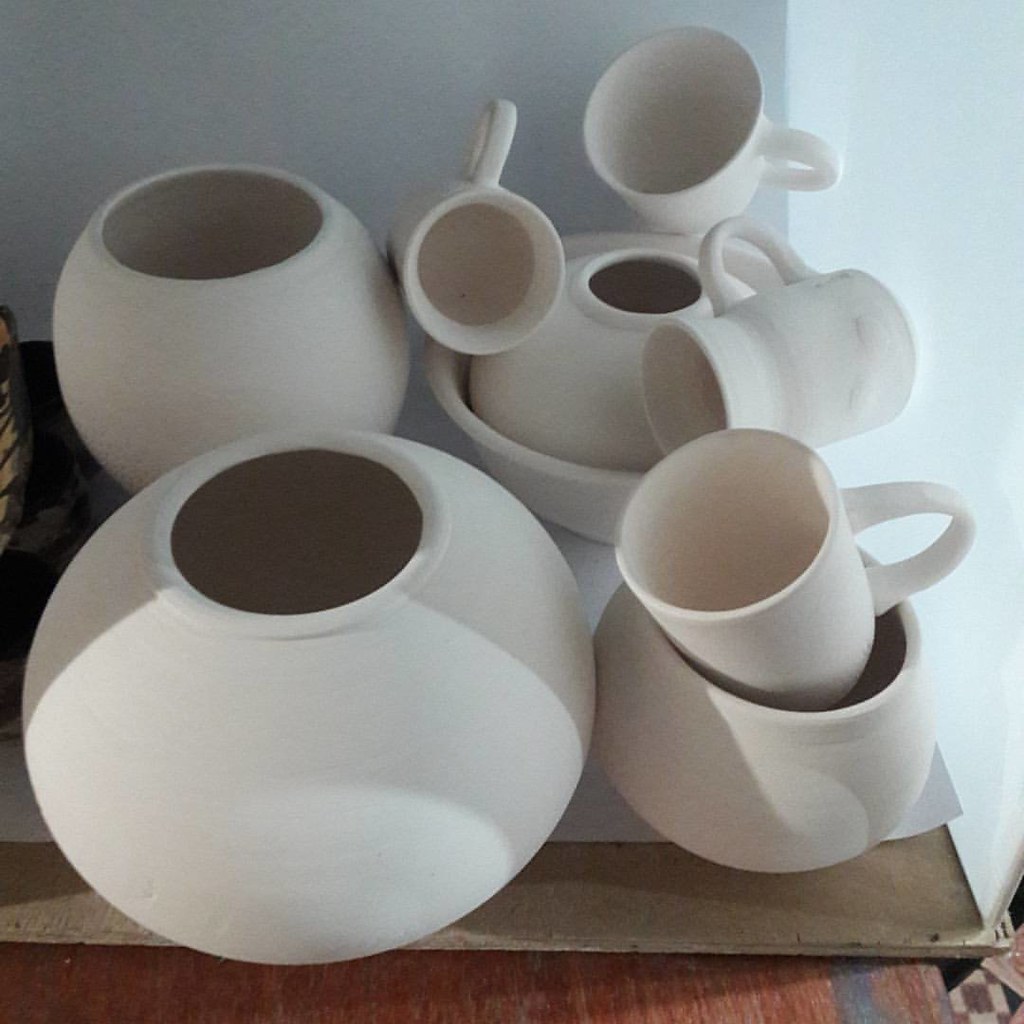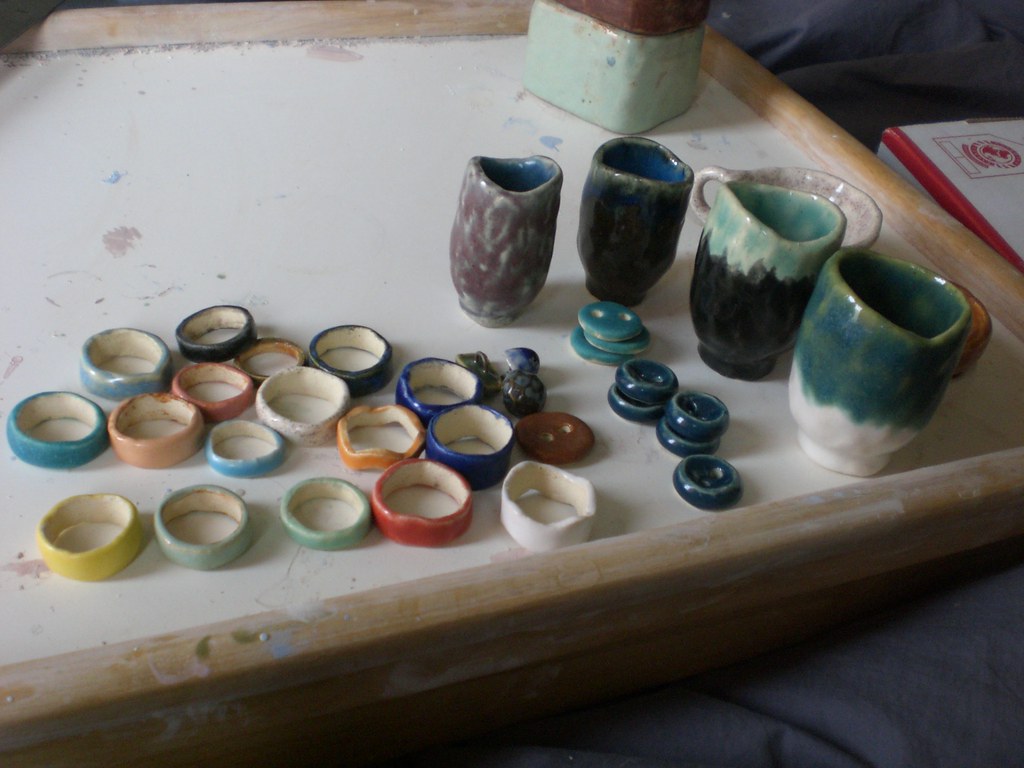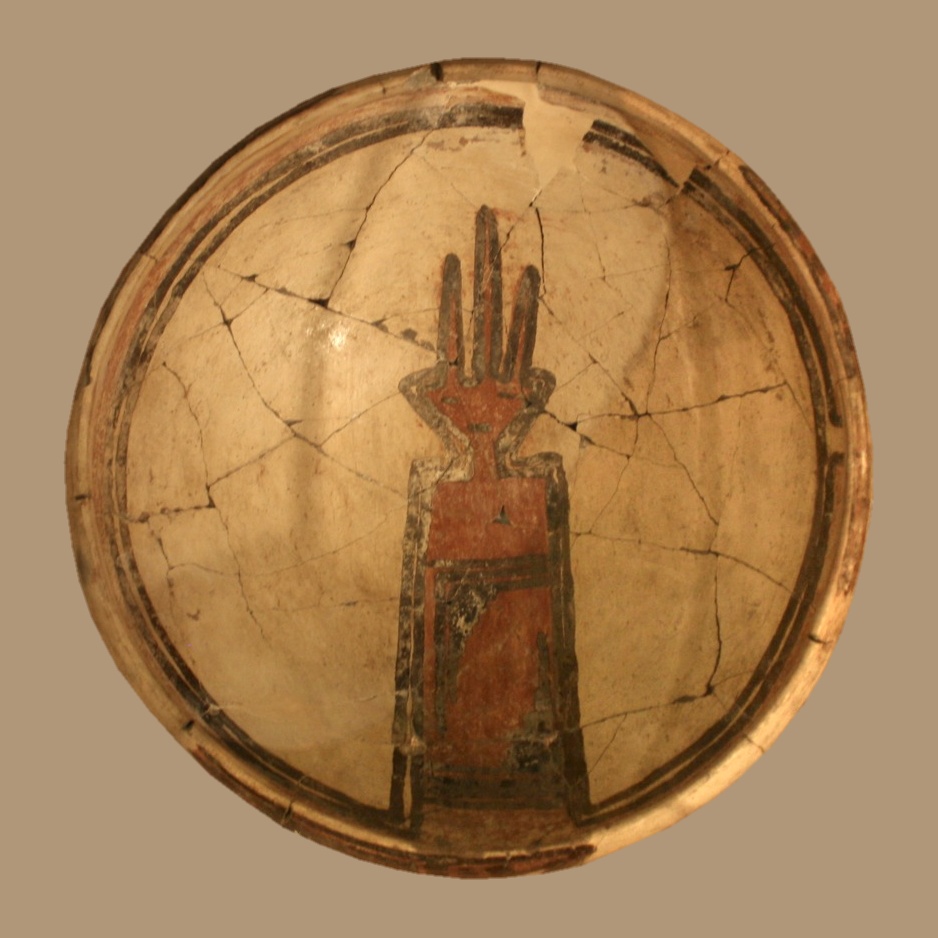Greenware, bisqueware, and glazeware represent the transformative stages of pottery-making, each crucial in the journey from raw clay to finished ceramic art. Understanding these stages not only enhances appreciation for the craft but also highlights the intricate processes that artisans follow. Greenware refers to shaped clay that hasn’t been fired, bisqueware is the term for clay that has been fired once without glaze, making it sturdy yet porous, and glazeware is pottery that has been glazed and fired a second time, rendering it waterproof and beautifully finished. Exploring these stages provides invaluable insights into the meticulous art of ceramics.
| Stage | Description | Transformation |
|---|---|---|
| Greenware | Unfired clay, shaped into forms. | Soft to hard leather-like texture. |
| Bisqueware | First firing without glaze, making it durable. | Clay becomes hard and porous. |
| Glazeware | Glazed and second fired, final stage. | Waterproof and finished appearance. |
The Marvel of Greenware

Greenware is where the magic begins. This early stage of pottery is all about the potential swirling in every curve and line. When clay is fresh and unformed, it holds endless possibilities. Potters sculpt their visions, shaping clay into unique pieces without the constraints of firing. This stage is critical for details, allowing artisans to etch, carve, or impress designs directly into the clay. However, the catch with greenware is its fragility. It’s especially vulnerable to damage and must be handled with the utmost care to prevent it from cracking or breaking.
The Evolution to Bisqueware

The transition from greenware to bisqueware marks the first significant change—a firing at temperatures around 1730°F (945°C). This process transforms the soft, leather-like clay into a hard, durable material that, while enduring, retains its porous nature. Bisqueware is receptive to glazes thanks to this porosity, allowing artists to add rich, vibrant colors. One of the fascinating aspects of bisqueware is its ability to hold intricate details carved during the greenware stage, ready to embrace the next artistic transformation through glazing.
Glazeware: A Stunning Finish

Glazeware is where the artistry truly shines, literally and figuratively. After the bisqueware is coated with glaze, it’s fired again at higher temperatures, usually between 1830°F (1000°C) and 2381°F (1305°C). This firing not only seals the glaze onto the pottery, creating a waterproof surface, but it also enhances the colors and textures, giving them a rich, glossy finish. The process encourages unexpected outcomes—perhaps a dripped glaze that adds character or a unique interplay of colors that surprises and delights. The result is a piece of ceramic ware that is as durable as it is beautiful, ready to find its place in daily life or as a display piece of art.
- Ponder the delicate balance of care and creativity required in greenware.
- Consider the strength and versatility of bisqueware as a canvas for imagination.
- Embrace the unpredictability and uniqueness that glazeware brings to every piece.
Which stage captures your imagination the most? Whether you’re a seasoned potter or someone who simply appreciates ceramics, I’m eager to hear your insights and experiences in the comments below!

For more on the evolving world of ceramics and pottery, check out our recent articles, offering a window into the artistry and techniques transforming the craft today.
Learn More Through Video: Understanding Greenware, Bisqueware, and Glazeware
To further explore the distinctions and nuances of greenware, bisqueware, and glazeware, watch Kira Eadington’s informative video that demonstrates the differences between these crucial stages in pottery-making.
Greenware, bisqueware, and glazeware are more than just terms in pottery—they’re the heartbeat of ceramic artistry. Each stage plays a vital role in shaping the final piece, transforming humble clay into a work of art that holds both beauty and meaning. By delving into these processes, we gain a deeper appreciation for the skill and patience that goes into every handcrafted item.
Stay Connected and Keep Exploring!
I hope this journey through the stages of pottery has inspired you to look at ceramics with new eyes. If you're passionate about the craft and want to see more behind-the-scenes moments, tips, and finished pieces, make sure to follow us on Instagram. Let's continue to celebrate and explore the wonderful world of pottery together! Join us on Instagram.
